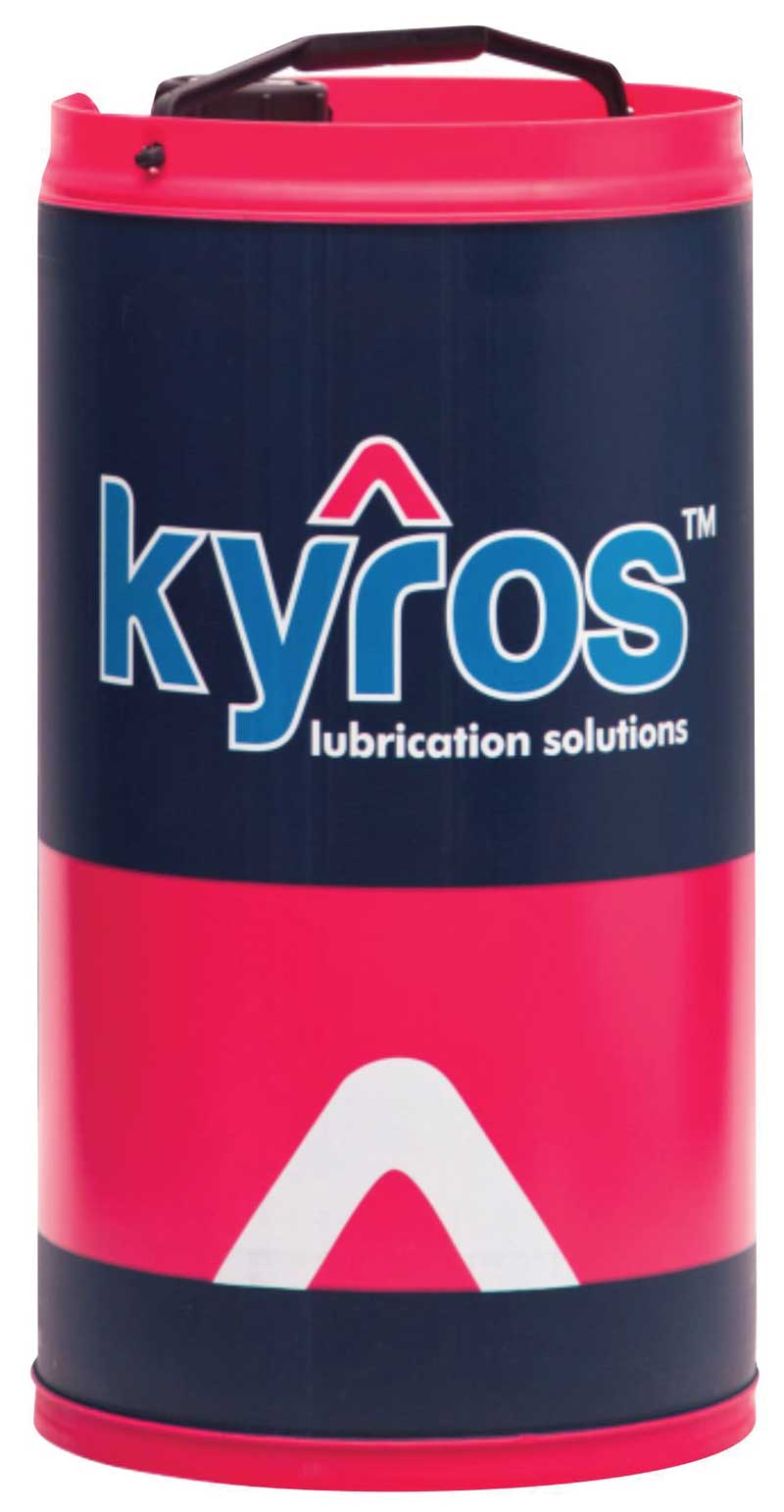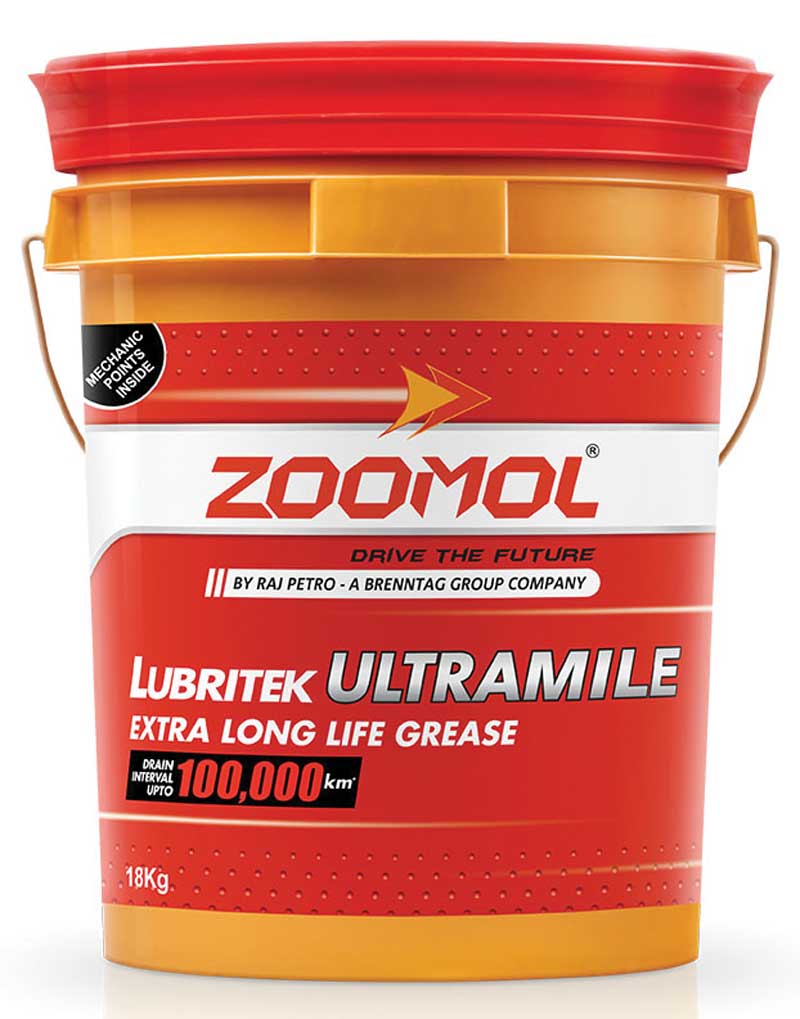Emphasis of greener requirements has driven the development of ester based lubricant and biodegradable products.
Dr. DAYA SHUKLA Senior Director – R&D / Technology, Raj Petro India is progressing well to achieve the USD 5 trillion economy by 2025. How do you see the potential for lubricant manufacturers?


– Dr. DAYA SHUKLA
Senior Director – R&D / Technology, Raj Petro
India is progressing well to achieve the USD 5 trillion economy by 2025. How do you see the potential for lubricant manufacturers?
India is expected to emerge as the world’s third-largest passenger-vehicle market by 2022. It took India around seven years to increase annual production to four million vehicles from three million. However, the next milestone—five million—is expected in less than five years. Hitting that mark will depend on today’s rapid economic development continuing, with a projected annual GDP growth rate of 7 percent through the years, ongoing urbanizations, a burgeoning consuming class, and supportive regulations and policies.
The automotive segment is the largest end-user market for lubricants in India. Light-duty vehicles include two-wheelers and passenger cars. Engine oils, gear oils, transmission oils, greases, and compressor oils are the most widely used lubricants in these automobiles. Lubricants have a good share in both the OEM and the aftermarket. Typical medium-duty trucks include utility, courier and package delivery trucks, ambulances, shuttle buses, school buses, and recreational vehicles. However, straight trucks continue to be the predominant medium-duty chassis. India’s automotive industry accounts for nearly over 7% of the country’s GDP, in which the two-wheeler segment accounts for a share of around 75+% share, owing to the growing young and middle-class population. Additionally, the government’s initiatives, such as the Make in India campaign, are helping the local and state-owned manufacturers to provide their products to consumers and offer stiff competition to the international players. Moreover, with the consistent economic development and rising incomes, the automotive industry has been witnessing a continued shift in vehicle preferences, from two- to four-wheelers, which helps to augment the demand for passenger car motor oils (PCMO).
Though, India’s automotive industry was dwindling over the past year owing to a slump in need, decelerating economic movement, and a rise in vehicle ownership costs. The outbreak of Covid-19 has impacted the economy to a great extent, as all the manufacturing sectors went standstill momentarily because of lockdown & restrictions. The above-cited factors are expected to impact the automotive industry, which, in turn, may affect the growth of the lubricant demand in the country.
How is the lubricant industry embracing technology?
Our industry has always been an epitome of advancements and new initiatives.
The emphasis of greener requirements has driven the development of ester based lubricant and biodegradable products. Newer developments are visibly seen in the direction of long drain and cost-effective synthetic fluids. With a prominent improvement of consumer knowledge towards fluids like grease, coolant,& brake fluids is seen the industry to develop products offering longer milage and life.
Our Zoomol Range of Engine Oilscomply to API CK4 developed with Kleen-Tech to contribute towards a cleaner exhaust & improves fuel efficiency. The biodegradable high viscosity index hydraulic oils from Kyros Range formulated with ashless chemistry has been a prime offering for some of our customers overseas engaged in mining and construction related activities reducing the downtime of equipment also ensuring care for nature with ease of disposal to the environment. Our OEM associations are in the earlier stages in the segments of agriculture and passenger mobilitywith our products guarantee longer milage in a way to offer the customer a reduced maintenance expenditure. Our products in Zoomol Range are approved by few global OEM in the engine, fleet, and off highway segments.
Engine oils consumption will fade out for afully electrified vehicles of future, however the EV’s will requires greases coolants, transmission fluids. The percentageof change over to EV will take time, the vehicle parc with ICE engines will continue to grow and be substantial for the lubricant industry. Our Onwo series of greases are already seeing application in motor components manufactured by OEMs we are associated with as well been acknowledged by fleet owners offering a longer milage ahead of our peers in the industry.
In the near future, most vehicle manufacturers will have to embed software in their vehicles to manage the complex system of hardware such as sensors, processors, and storage devices. This is a great opportunity for Indian IT and auto-component players, many of whom have started developing a global play to gain the first-mover advantage.
What are the challenges faced by the players like you in India in the current scenario?
This industry is seeing the trend of rise in unorganised players propping up in the sub urban and rural marketsand taking customers by price & unawareness in compliance to requirements suggested by OEM or other guidelines is said to
The overall growth of the lubricant requirement is likely to go increasing in a decade plus time as passenger mobility, off highway and industrial needs maintaining the rise the Indian economy will grow. The prolonged vision of lubricants industry growth forecasts is promising & positive, while the near future, demands are essentially reliant on the trends in automotive, infrastructure and industrial activities.
Raj Petro being a strong player in the industry, specifically in industrial segment, is well positioned to cater to the demand with our strengths in technology, product superiority, and logistical setup. Our emphasis remains gaining the market share, offering distinct, improvised & custom-built products, add more ’value’ and ‘premium brand’ conscious customers, and expand our distribution network across both physical & digital platforms. We are also focusing on increasing our market shares in all possible avenues through a technically reliable & superior & cost-effective offering positioning our brand through our segment wise strategies.
Can you tell us about your future plans in terms of introducing newer products, expanding distribution network, hiring, growth expectations by 2025?
Most value growth by 2025 is projected to come from growing market shares in rural and sub urban markets, which is largely supported on a switch of customer towardsIndian brands & synthetic lubricants in the passenger mobility sector offering the customers with a reduced cost of ownership benefits through increased change intervals, environmentally beneficial products etc. We will continue to focus on the development of products and market reach to the remotest part of the country as well as in the fast-growing& evolving markets of Africa, East Asia, and Latin America.
To optimize portfolios, Raj Petro has put an emphasis on R&D and improved technology capability for specialized, high-performance, or synthetic products through the two manufacturing locations near Chennai & in Silvassa. To ensure volume growth, we wish to pursue new market entries, M&A, and development of new assets. This will involve leveraging distributors or affiliates to help penetrate new markets; alternatively, our company’s existing businesses will remain the best platform for expansion of market share & new entries as well.
To meet the rising B2B challenge, we are driving a lubricants-plus offer, involving value-adding services and greater customer engagement that is building our customer allegiance and confidence. To make sure Raj Petro is optimizing the product portfolios and routes to market, move forward with sales-channel integration, and hone digital-marketing skills to engage with our customers. Raj Petro will continue to work on the mantra Make in India for India, with the Indian clients growing up the revenue ladder, with their values continuing to appreciate. We are working on disruptions to make sense of implementing lean operations, bundle our new products with solutions and services, and delivering additional value-chain opportunities.



Hits: 185








